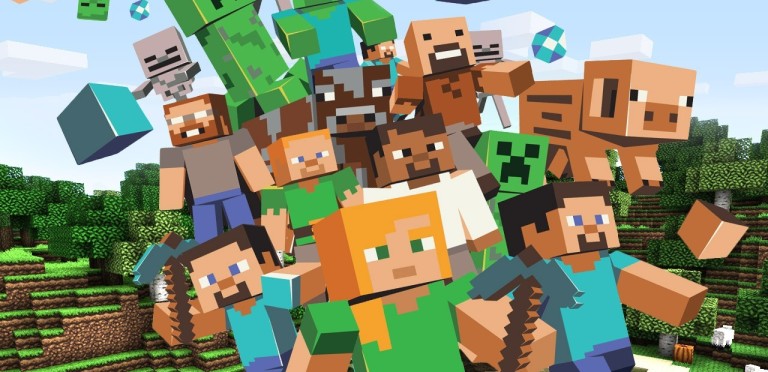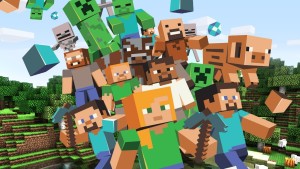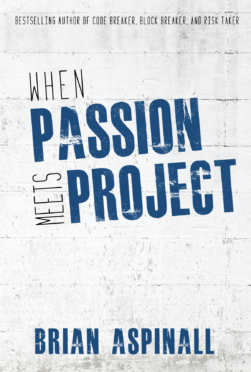I’ve been reading up on the Enhanced Teacher Education Program that began here this school year and I would like to share some highlights as these changes will be incredibly beneficial for both future teachers as well as future students. Later in the post I’ll share some simple ways to incorporate technology into existing lessons.
From the website:
The enhanced teacher education program started September 2015. Here’s what you need to know.
- Four semesters of Teacher’s College (up from two)
- More time for practice teaching (80 days minimum, up from 40)
- Greater focus on students’ mental health and well-being, parent engagement and communication, and special education among other core elements
- Greater attention to diversity in Ontario classrooms and knowledge of the Ontario context a greater understanding about how to teach with technology
Why it’s needed
Based on research of newly certified teachers over the past 10 years, and an extensive review of teacher qualifications, the Ontario College of Teachers recommended significant changes to initial teacher education programs in Ontario. As part of that comprehensive review of teacher qualifications, the College recommended a longer initial teacher education program.
Consequently, Ontario’s Ministry of Education, working in partnership with the College, announced plans to lengthen the duration of the program to give future teachers more practical experience and greater exposure to teaching methods that will help teachers support diverse student needs.
Prospective teachers will spend more time working with the Ontario curriculum, studying classroom management and learning how to use research data and new technology. They will also benefit from an increased emphasis on supporting students with special learning needs and those from diverse communities.
I am incredibly thrilled to see a focus on curriculum, management and technology. I think we can wrap these terms into the “pedagogy” category and I wonder how classrooms management strategies will change at faculties. I am especially curious as to what new strategies might be used regarding devices in kids hands.
Classroom management has changed significantly for me personally over the years. I’ve had to adjust from “off and away” to “technology centres” to “BYOD” (bring your own device) and finally now 1:1 tablets and laptops. What I have noticed is how well engaged students act versus disengaged students. I’ve come to learn that program determines behaviour and I now question compliance and defiance versus engagement and content creation.
I also wonder if there will be a struggle for prospective teachers in the short term. These folks are coming out of more traditional settings and being placed in digital assignments and expected to teach engaging lessons. As time progresses this will diminish but the next few years of student teachers certainly have their work cut out for them. I suppose that isn’t a bad thing. After all, we are lifelong learners. Either way, it is an exciting time to be a teacher and an even more exciting time to be a student!
Here are a few simple ways I have incorporated technology into existing lessons. I hope you find them useful.
- Kahoot – Kahoot takes what we often call as “traditional / rote and repetitive” and turns it into a game of practice. Students join a class game and must answer multiple-choice questions on their own devices against a timer. I have given students Kahoot quizzes in the past without touching on the topic first and they have learned skills through playing the game by identifying patterns in right and wrong answers.
- Prodigy – Like Kahoot, Prodigy makes mastering skills fun. Students engage in a fantasy style role playing game in which fighting battles requires answering math questions. Teachers can choose the strand and assign “playing Prodigy” as homework. It’s much like math worksheets, only it’s not. Imagine “playing a game” for homework.
- Minecraft – I am a big fan of Minecraft as a tool to have students identify and extend growing patterns. Since we are virtually limitless on what we can build, there is almost an infinite number of ways students can extend patterns by building them. This approach personalizes learning, scaffolds learning and brings a natural differentiated instruction—not to mention the cross-curricular notion of building structures that exists in Science curriculum.
- QR Codes – I began using QR codes as a way to make bulletin boards interactive. A personal highlight of mine was watching a former principal scan my bulletin board alongside students to see where it took them. I now use QR codes to disguise student work. Instead of posting student writing on a board, post the QR code instead. It makes everyone feel a little safer.
- Augmented Reality – AR is like QR codes on steroids. As you scan physical content on a wall, you see rich interactive digital content on the screen. In the past I have made entire units as AR content where students would scan different items to receive different pieces of information. For so long, time has been a constant at school. With technology, all students can be successful given the right amount of time.
- Padlet – I was always a big fan of sticky notes so when I learned about Wallwisher (now Padlet) I got very excited. Padlet is a shared digital canvas where people can post ideas. Students are now able to view “chart paper” at home and not just on classroom walls. Possibilities here are only limited to the teacher’s ideas!
- A Class Website or LMS – This has been the biggest help in my teaching career. Posting content on a class website makes students accountable for their work and keeps parents in the loop. I post newsletters, our schedule, videos, resources, example questions and articles for reading. If you wish to extend this idea further, check out Remind as a way to text parents without revealing your cell phone number.
I have really just scraped the surface with these examples. Technology has a way of making lessons limitless and personal for all learners. Perhaps best of all, technology gives all students a voice. Technology allows our quietest students an opportunity to make incredible noise. Technology allows reluctant sharers an opportunity to share ideas without being put on the spot.
I think the biggest hurdle with technology is fear. I encourage you to take the leap. Jump in head first. Be a co-learner with your class. I assure you the return is worth the investment.
Congratulations to our current and future prospective teachers. With the right tools, you can change the world for all of your students. But don’t forget that what works for me may not work for you as we are unique individuals. Also, what works for you may not work for your students.
Perhaps my biggest learning curve has been to offer students choice. The “one size fits all” model need not apply.
Source: minecraft1114131280jpg-5aee61_1280w.jpg


 For all the kids who grow up in a small town and think they don’t stand a chance. You do. I was once that kid.
For all the kids who grow up in a small town and think they don’t stand a chance. You do. I was once that kid.